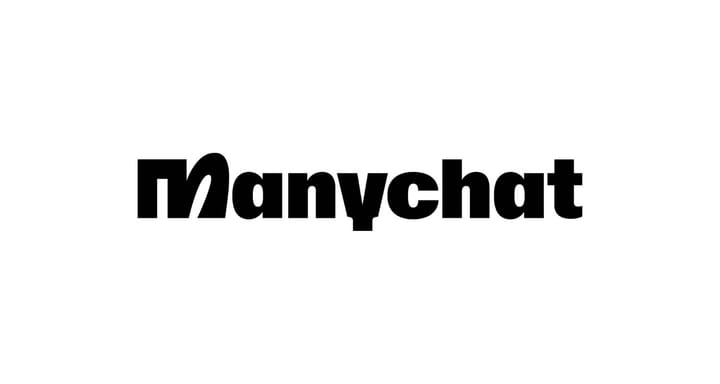Can You Really Detect AI-Generated Text? What AI Detectors Wrong
Educators, publishers, and other professionals are turning to AI detectors to maintain integrity, but the effectiveness of these tools has been questioned.

As AI-generated content becomes more widespread, the question of whether we can actually detect it is more relevant—and controversial—than ever.
From schools to corporate boardrooms, AI detectors are being used to check whether a human or an AI machine wrote content. But how reliable are these tools? Spoiler: not very.
In this post, we’ll break down how AI detectors work, where they fail, and what the future of content authenticity might look like in the age of generative AI.
What Are AI Detectors?
AI detectors, sometimes called AI content checkers, are software tools designed to analyze text and determine whether it was written by a human or generated by an AI model like ChatGPT. They typically assign a confidence score based on linguistic patterns, sentence structure, and token usage.
Popular AI detector tools:
- Brandwell - AI detector
- Copyleaks
- Huggingface - OpenAI detector
- Writer.com’s AI Content Detector
- Originality.ai
- GPTZero
Expectations vs. Reality
There’s a common misconception that AI detectors can accurately identify whether something was machine-written. In reality, accuracy rates are shockingly low.
Studies have shown:
- Detection rates can be as low as 26% for identifying AI-written text.
- False positives are common, especially for non-native English writers.
- Sophisticated AI models like GPT-4 are nearly impossible to detect with current tools.
As generative AI continues to evolve, detectors are constantly playing catch-up. Today’s models are capable of mimicking human tone, structure, and even "messy" imperfections, which used to be easy giveaways.
Numerous reports, including an article from MIT Sloan, highlight that AI-written text is becoming increasingly indistinguishable from that of human authors. This similarity makes the job of AI detectors challenging, leading to a significant amount of both false positives and false negatives.
Key Challenges Facing AI Detection
1. AI Writing Is Getting Better, Fast
AI writing tools use massive training datasets and transformer-based models that produce eerily human-like content. As models get better at nuance, sarcasm, and context, the line between human and machine-written content is rapidly blurring.
2. Adversarial Tricks Confuse Detectors
Writers can intentionally tweak AI content (like adding randomness or typos) to bypass detectors. There are even tools designed to make AI-generated content look more “human” by design.
3. Biased Against Certain Writers
Detectors have been shown to falsely flag non-native English writing styles as AI-generated. This raises real concerns about bias, fairness, and accuracy in educational and professional settings.
4. Opaque Scoring & Lack of Standards
What does a 92% AI score even mean? Most tools don’t share how they calculate their confidence, making the results hard to interpret and easy to misuse.
Ethical & Privacy Concerns
Many AI detectors require users to upload or paste sensitive content into third-party systems. This poses both privacy and ownership risks:
- Did the user consent to their writing being analyzed or stored?
- Are the tools using that text to retrain their models?
In academic settings, some tools scan student essays without full transparency, raising ethical questions about consent and intellectual property.
What’s Next: The Future of AI Detection
- Smarter Detectors… Maybe
AI detection will likely continue to improve, especially with better training data and hybrid human-AI review methods. But for now, accuracy remains hit-or-miss.
- Regulation on the Horizon
Some governments and institutions are already drafting legislation that may require AI-generated content to be labeled or “watermarked.” That could make future detection easier, but enforcement remains a challenge.
- New Approaches to Authenticity
Instead of focusing purely on detection, some startups are shifting toward content provenance - tracking where and how content was created using blockchain or metadata. This could prove to be a more reliable method of verifying authorship.
TL;DR: Can You Detect AI Content?
Kind of—but not reliably.
AI detectors are useful signals but not verdicts. With tools like GPT-4 capable of generating near-human content, the detection game is increasingly murky.
Use AI detectors as a signal, not a final decision. Pair them with human judgment, ethical review processes, and, when possible, original metadata to determine authorship.
Further Reading:



